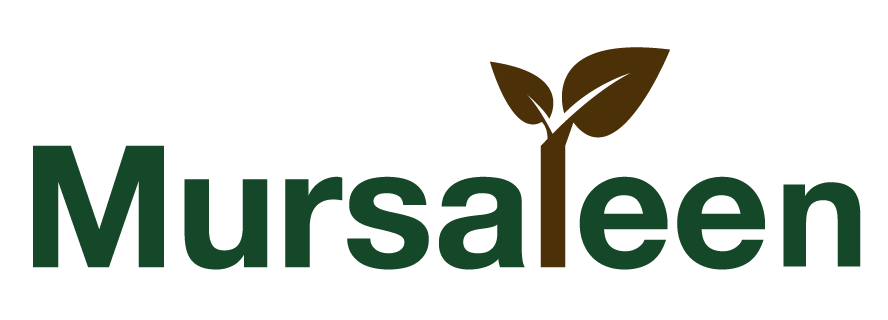Unani Medicinal System
Although Western medicine can link illnesses to particular bodily organs or systems, Unani treatments rely on understanding how different organs and systems of the body influence and impact each other. Thus, practitioners tend not to specialise in cardiology or abdomen health, for example, but rather focus on the body as a whole. Moreover, Unani medicine is a system of medicine from South Asia that is rooted in diagnosis and treatment based on understanding the four senses of “humor” of the body: dam (blood), balgham (phlegm), safra (yellow bile), and sawda (black bile) (Rahman, Ali, Zulkifle, & Ahmad, 2014). In Unani, each individual retains a unique mixture of these humor and elements, which can then determine temperament. Through treatment and diagnosis, Hakeems can keep patients’ temperaments internally balanced, which creates good health (Azmi, 1995).
The “Allopathic” or modern medicinal system is rooted in the ancient practices of Greek physicians and scientists (Porter, 2001), as shown in Figure 1. When molecular technology and germs theory disease penetrated modern society, the qualitative or holistic manner of treating the human mind, body and diseases was no longer practised as before. Characteristics of the Hippocratic approach, such as compassionate sympathy for patients, individualised management, humoral pathology and the individual temperamental approach, shifted severely because of the rapid growth of a scientific assessment of the human body rather than a qualitative one.

to Galen (famous Greek physician, 130–201 AD) and
Ibn Sina -Avicenna (Asian physician, 980–1037 AD).
The Unani system of medicine is considered to be legitimate and is regulated by a government agency in Pakistan (World Health Organization, 2001). Herbal treatments and herbal remedies have a long history in the region (Shaikh & Hatcher, 2005). Indeed, the herbal character of Pakistan has been a frequent subject of research (Parvaiz, 2014), and there are around 40,000 government registered Unani physicians in the country (Hamayun, Khan, Kim, Na, & Lee, 2006).
References:
Ali, S. M., Islam, R., & Alam, M. A. (2007). Scientific co-relation between blood groups and temperaments in Unani Medicine. Indian Journal of Traditional Knowledge, 6, 319–323.
Azmi, A. A. (1995). Basic concepts of Unani Medicine: A critical study. New Delhi, India: Jamia Hamdard.
Hamayun, M., Khan, S. A., Kim, H., Na, C. I., & Lee, I. (2006). Traditional knowledge and ex situ conservation of some threatened medicinal plants of Swat Kohistan, Pakistan. International Journal of Botany, 2(2), 205-209.
Parvaiz, M. (2014). Ethnobotanical studies on plant resources of Mangowal, District Gujrat, Punjab, Pakistan. Avicenna Journal of Phytomedicine, 4(5), 364.
Porter, R. (Ed.). (2001). The Cambridge illustrated history of medicine. Cambridge, United Kingdom: Cambridge University Press.
Rahman, A., Ali, S. J., Zulkifle, M., & Ahmad, I. (2014). Concept of Akhlat Arba (four humors) with relation to health and disease. The International Journal of Herbal Medicine, 2(4), 46–49.
Shaikh, B. T., & Hatcher, J. (2005). Health seeking behaviour and health service utilization in Pakistan: challenging the policy makers. Journal of public health, 27(1), 49-54.
World Health Organization. Programme on Traditional Medicine. (2001). Legal status of traditional medicine and complementary/alternative medicine : a worldwide review. World Health Organization. https://apps.who.int/iris/handle/10665/42452
